Mistakes Aren’t the Enemy — They’re the Lesson
When children knock over a glass of juice, shout at a sibling, or scribble on the wall, it’s easy to label the moment as “bad behavior.” But in reality, these moments are tiny windows into a child’s learning process. They’re testing limits, exploring their world, and discovering what happens when they push boundaries.
The real question is: Will we treat these moments as opportunities for growth, or just occasions for punishment?
What “Misbehavior” Looks Like in Early Childhood
Between ages 3 and 6, children are figuring out the rules of social life — and sometimes breaking them in the process. Misbehavior may appear as:
Using “rude” words they’ve overheard
Refusing to share toys
Meltdowns over small frustrations
Making messes they can’t yet clean up
Each of these moments has a story behind it — curiosity, fatigue, imitation, or even a simple need for attention.
Why Our Reactions Shape Who They Become
A child’s self-image is still under construction. They’re constantly asking, without words:
“Am I still loved when I mess up? Am I a good person even if I make mistakes?”
Harsh reactions — yelling, shaming, or comparing them to others — can teach a child to hide mistakes, fear trying new things, or believe they are “bad.”
On the other hand, a calm and constructive response helps them see that:
Mistakes are part of learning
They can repair and improve their behavior
Responsibility is something they can handle
The Golden Rule: The Child Is Not the Behavior
Always address the action, not the child’s worth. Instead of “You’re naughty”, try:
“That choice wasn’t kind.”
“Let’s think of a better way for next time.”
This keeps their self-esteem intact while guiding them toward better behavior.
Turning Misbehavior Into a Teachable Moment
1. Pause Before Responding
Take a breath before speaking. Your calmness is the anchor your child needs.
2. Look Beneath the Surface
Ask yourself: What might have led to this? A missed nap? Overstimulation? A desire to experiment?
3. Invite Conversation
Instead of “Why did you do that?”, try open-ended questions:
“What happened?”
“How did you feel?”
“What could you do differently next time?”
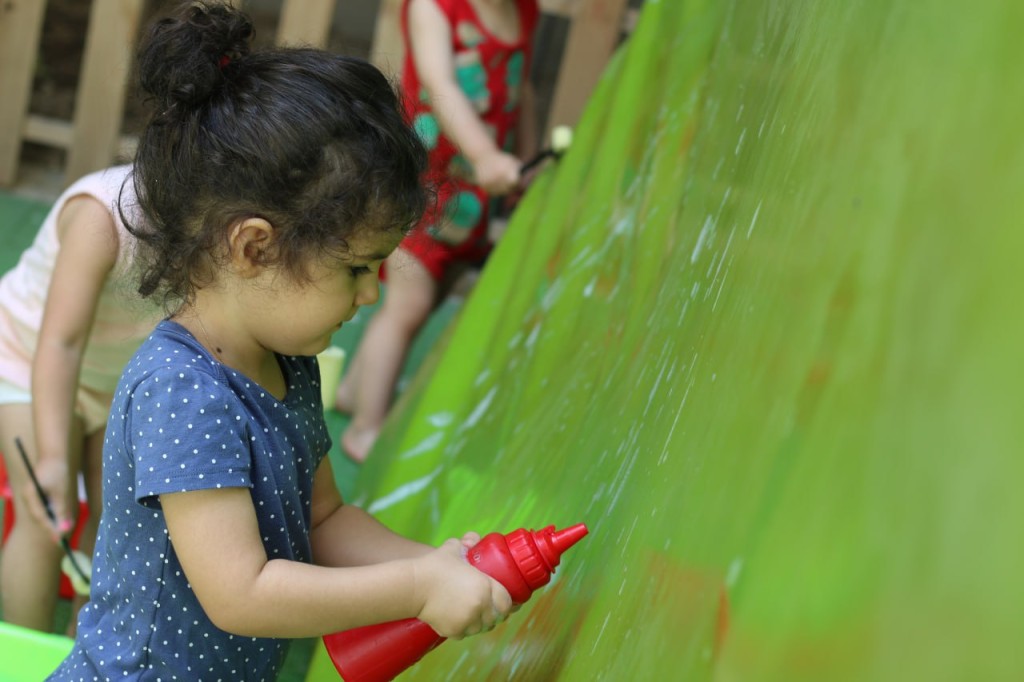
4. Show Natural Consequences
If a toy is broken, let the child help repair it or find a replacement. This teaches responsibility without humiliation.
5. Collaborate on Solutions
Ask: “What can we do to make it right?” — encouraging ownership and problem-solving skills.
Common Parenting Pitfalls to Avoid
Response Unintended Lesson for the Child
Yelling “I should hide my mistakes.”
Comparing to siblings “I’m not good enough.”
Physical punishment “Violence solves problems.”
Labels like “You always…” “This is just who I am.”
Building Better Behavior Through Positive Parenting
Be the example — model how to apologize, fix a mistake, and stay calm under stress.
Normalize learning from errors — remind them that even grown-ups make mistakes.
Give room for repair — instead of punishment, allow them to take part in making things right.
Acknowledge effort — praise attempts to improve, not just perfect results.
Our Philosophy at Pardis Salaleh Kindergarten
Here, we see every challenging moment as a step toward growth. Teachers guide children with firm kindness, turning conflicts into problem-solving practice.
Children who grow in this safe, judgment-free space learn to:
Take responsibility
Think creatively
Face challenges with confidence
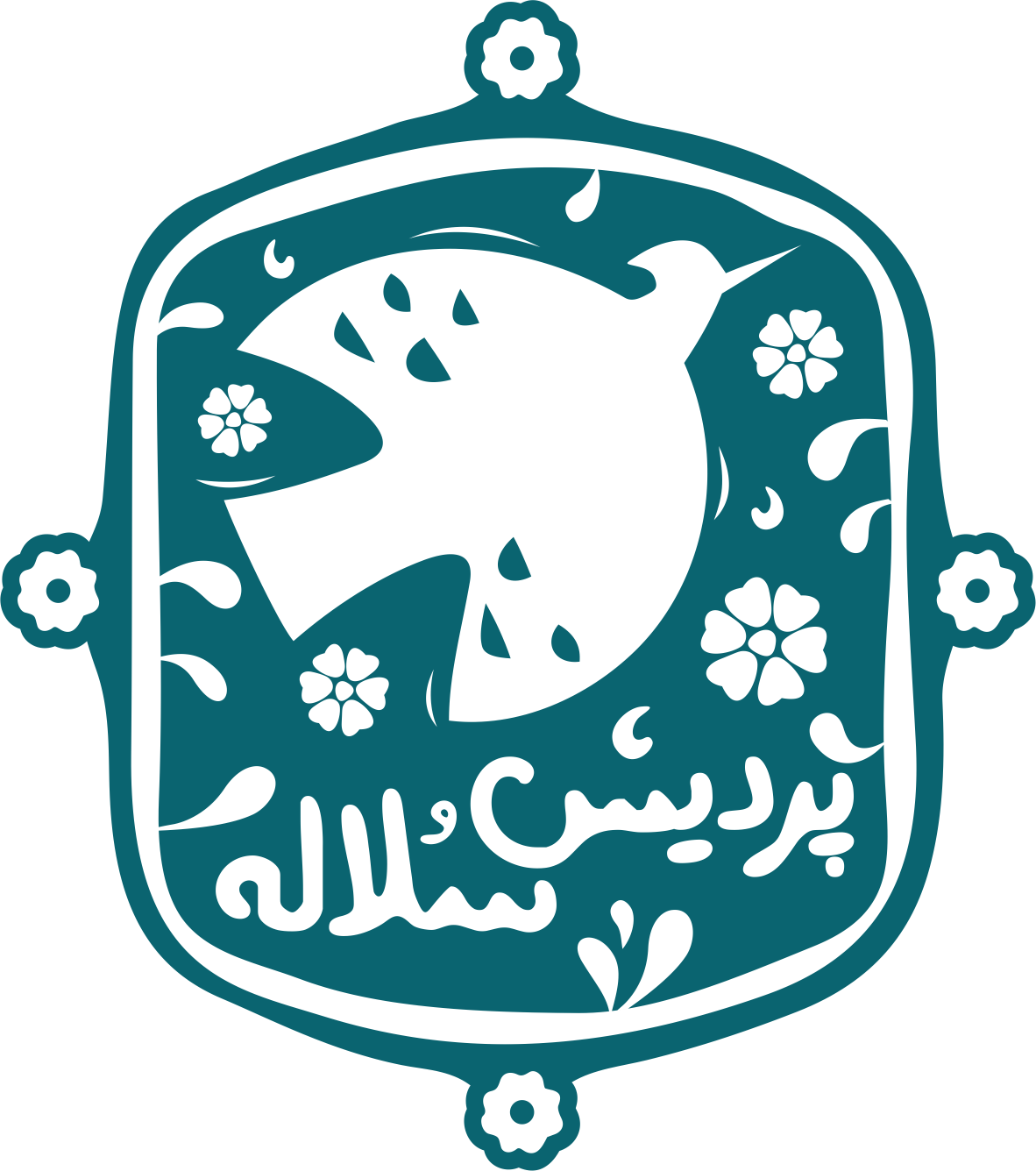
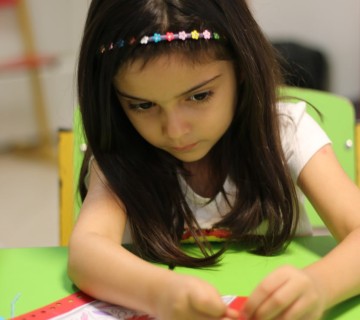
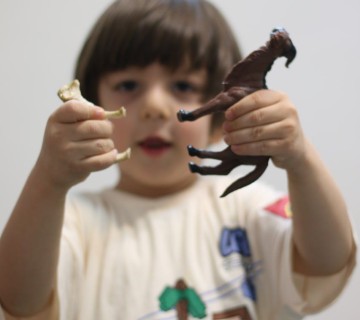
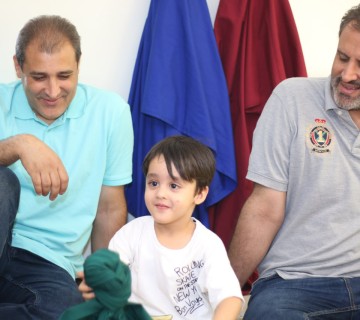
بدون دیدگاه